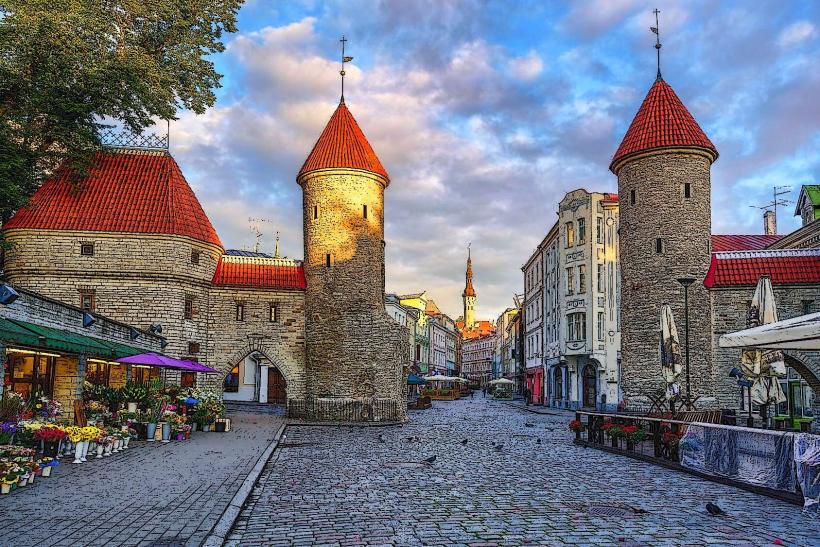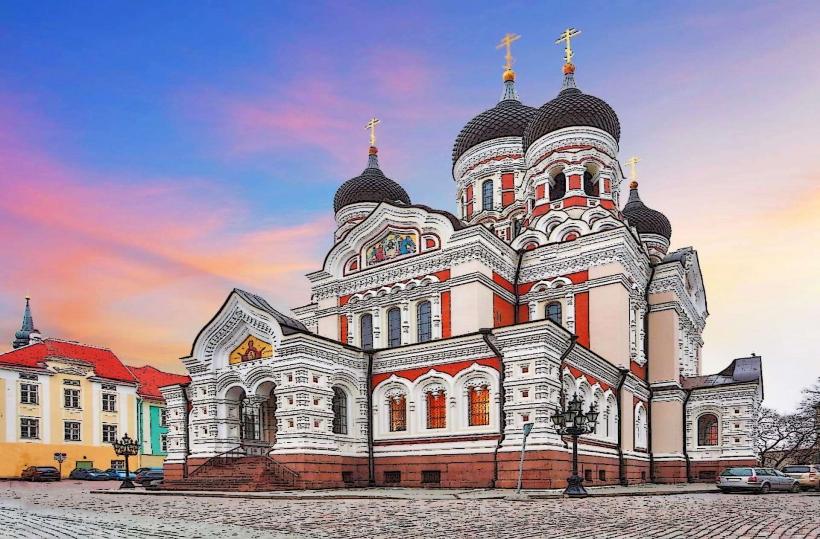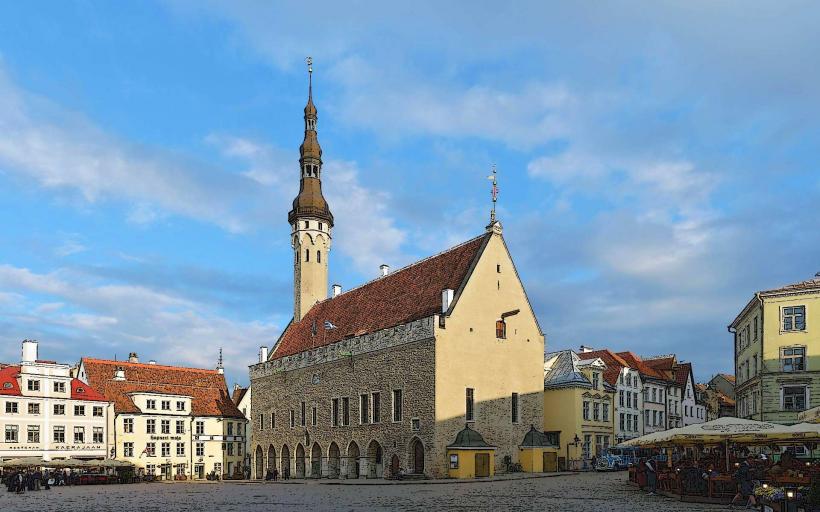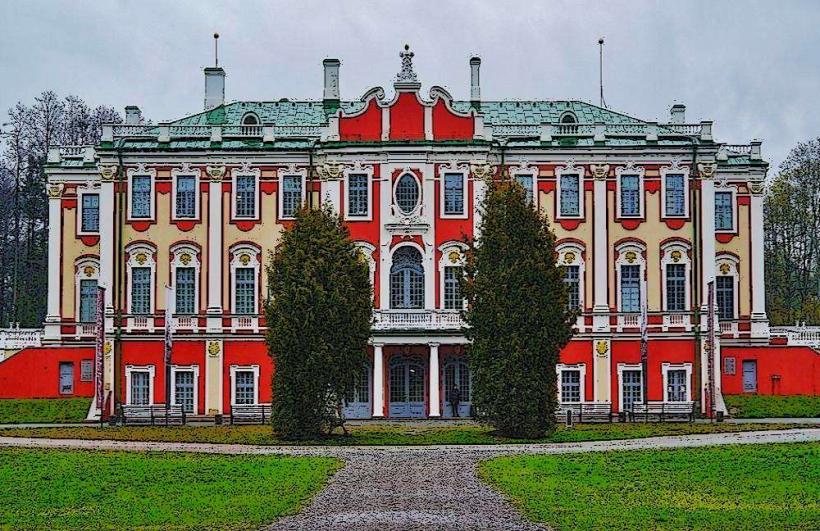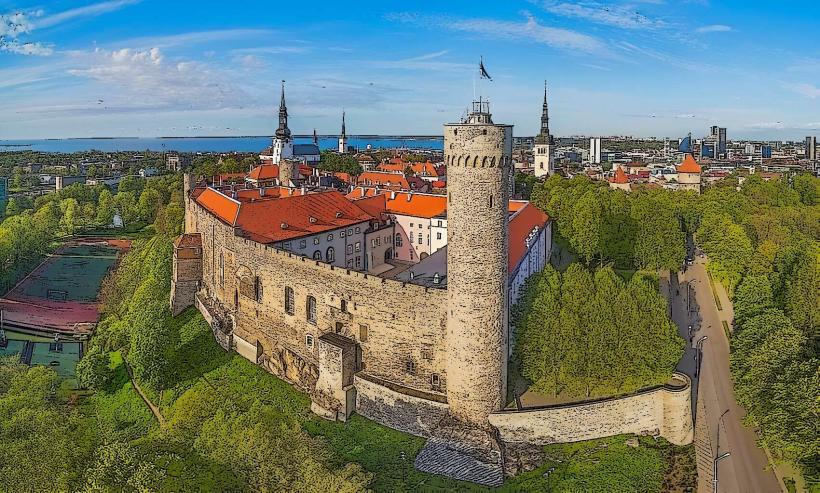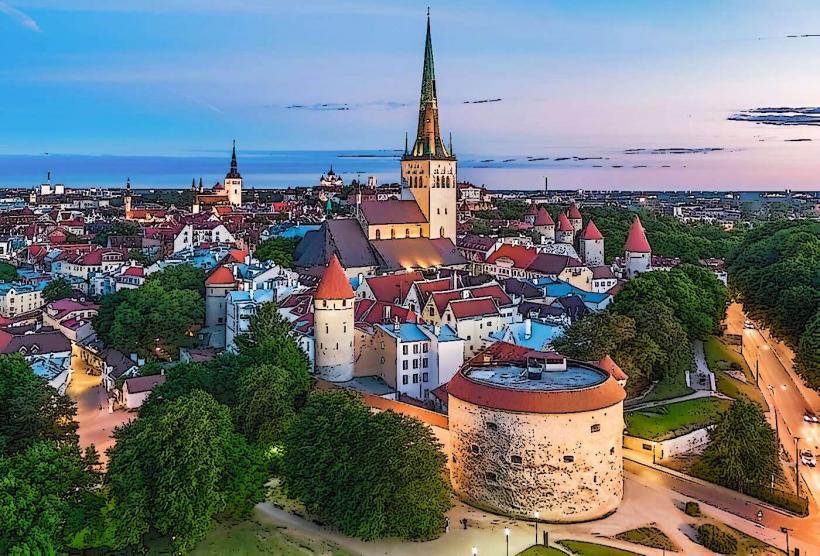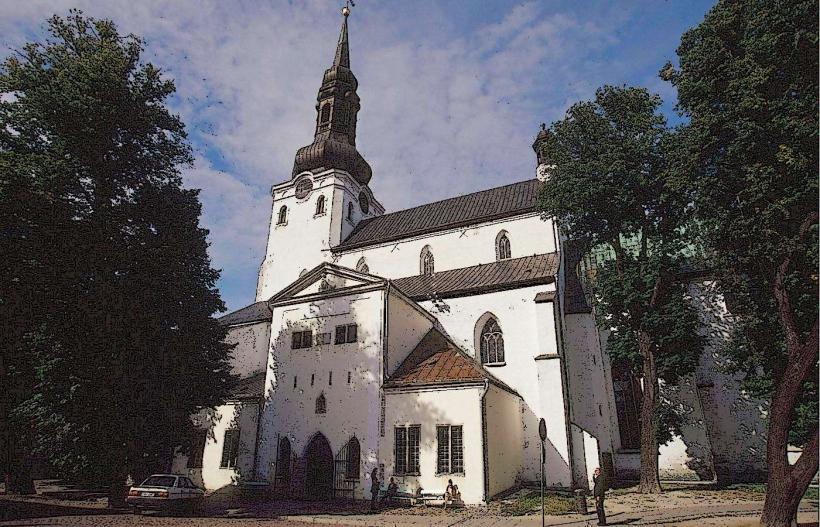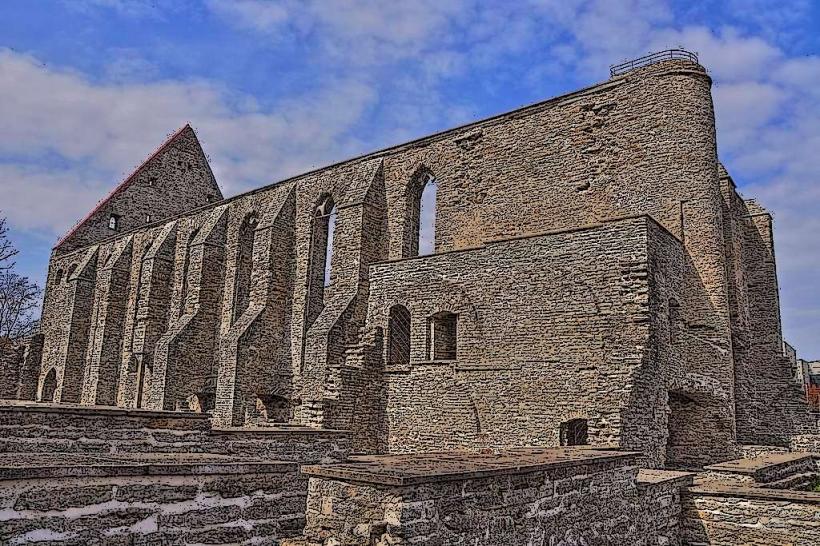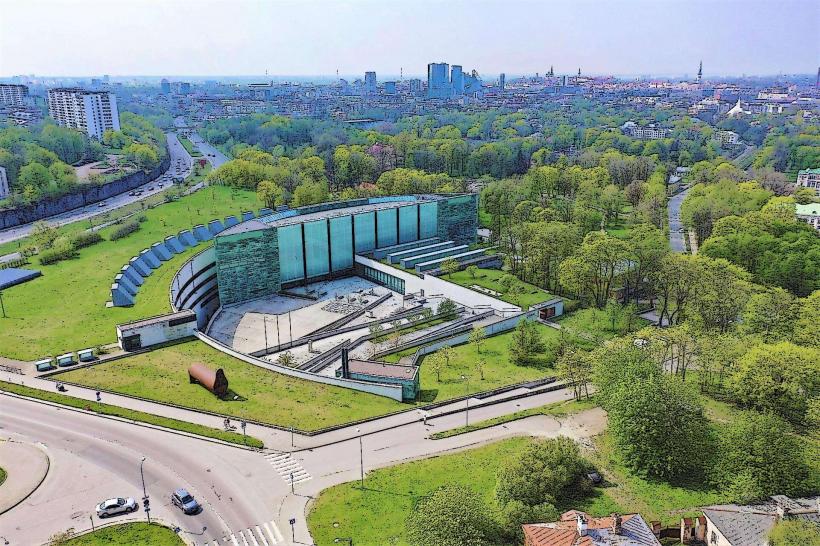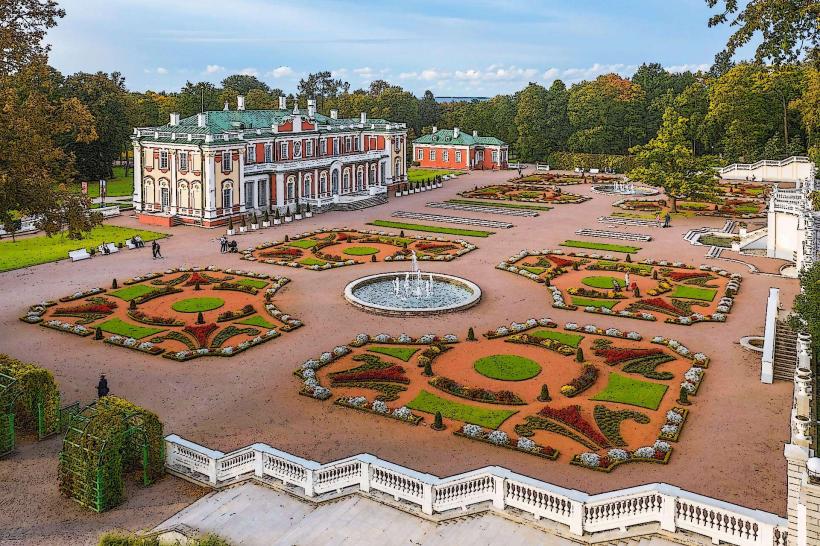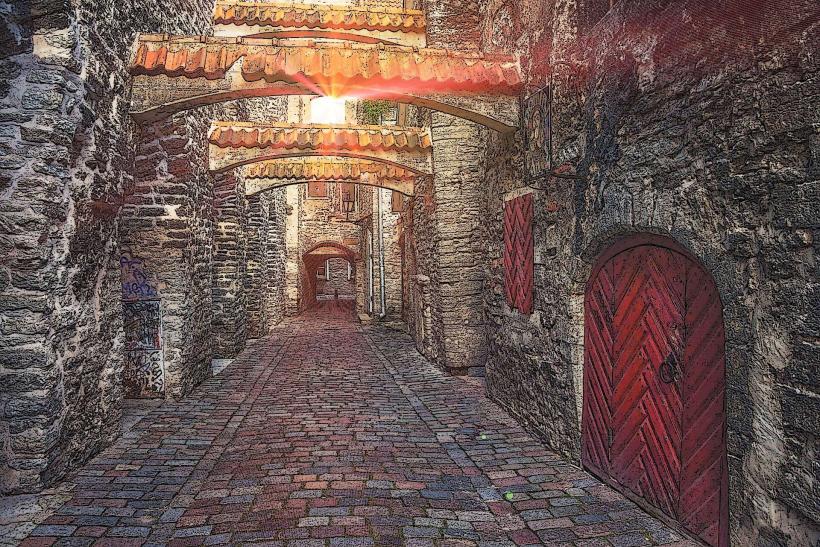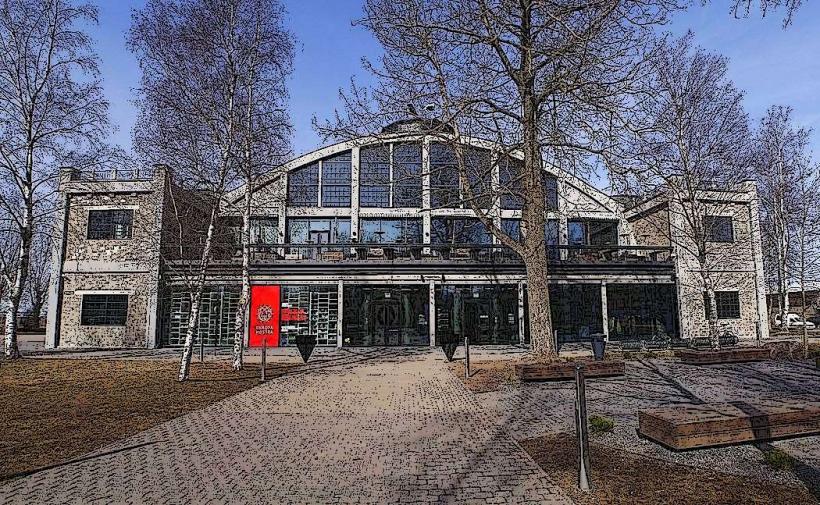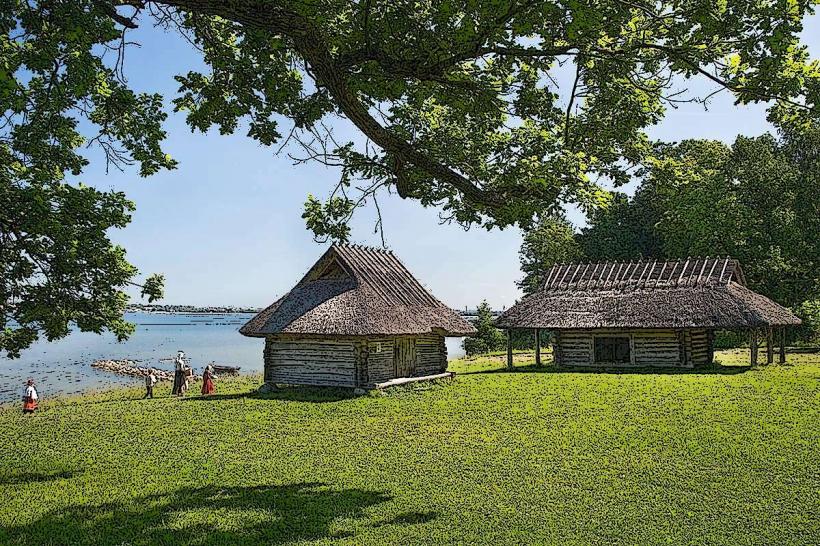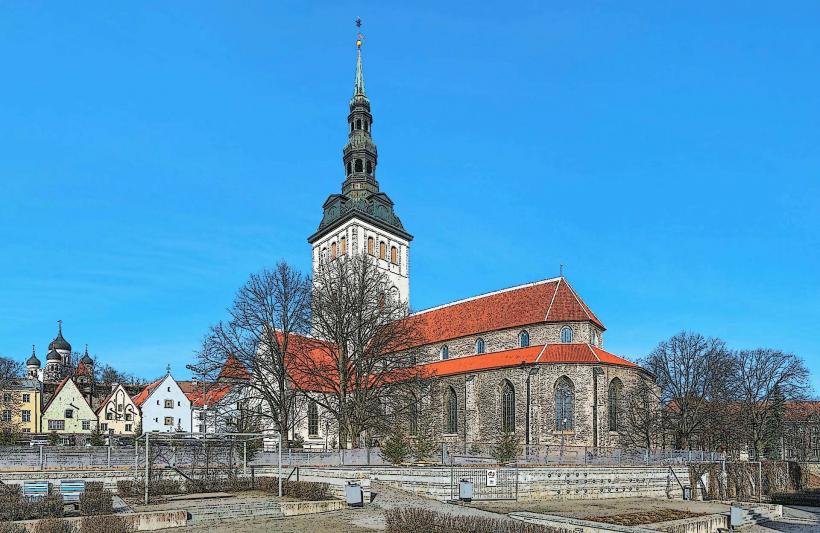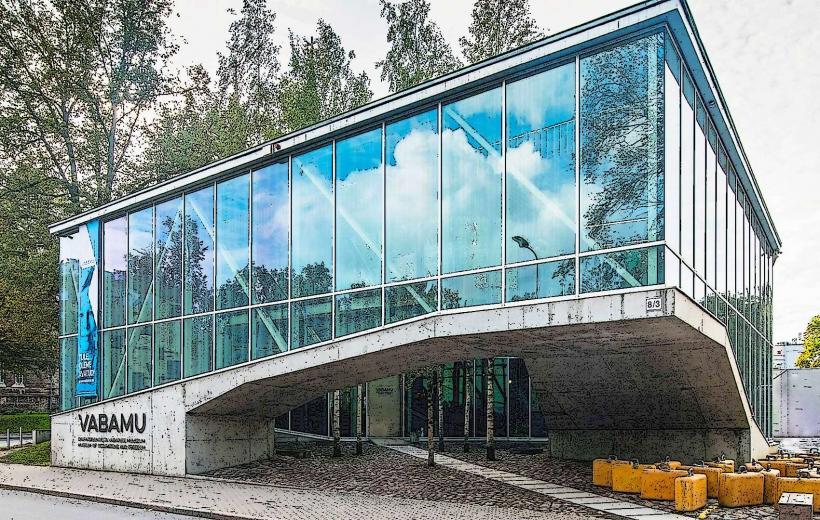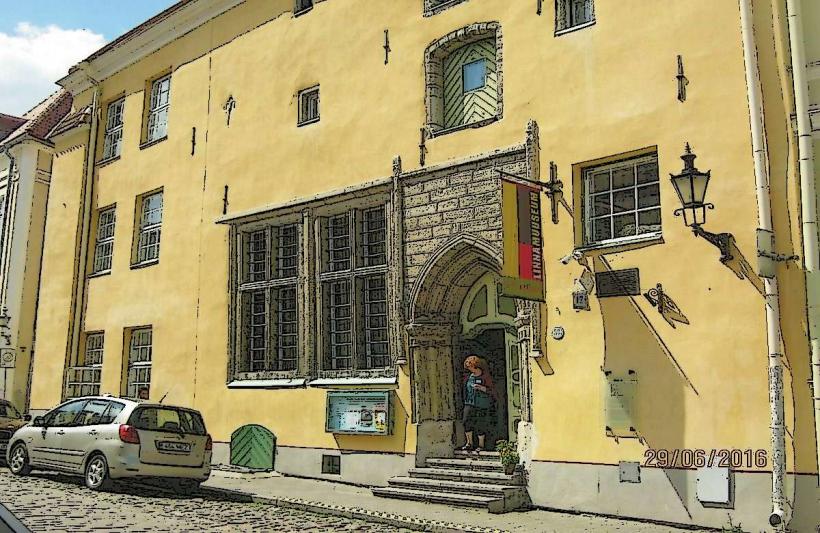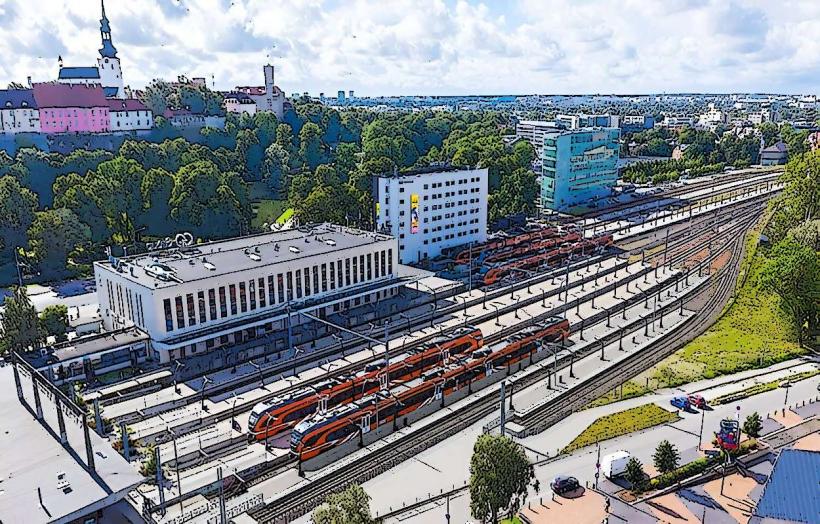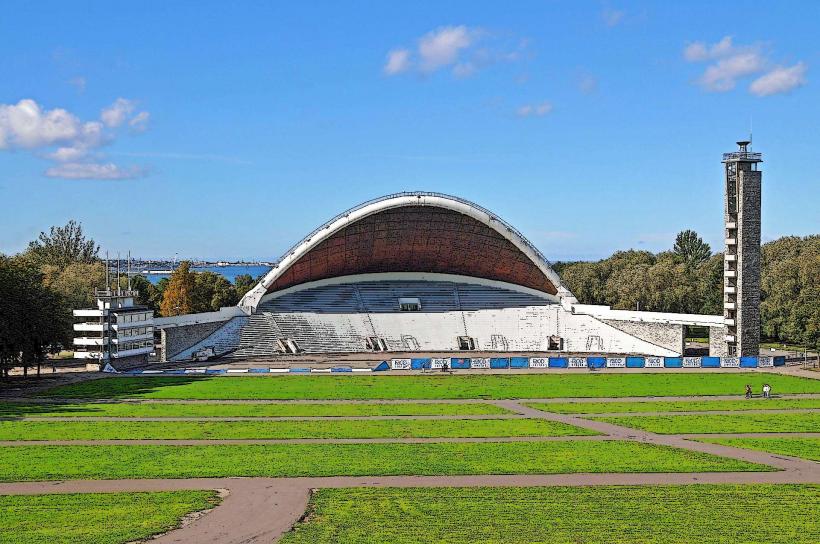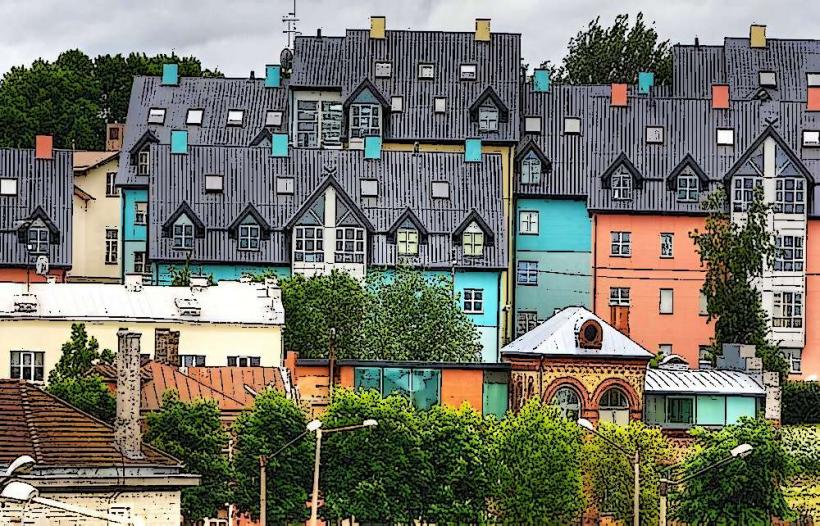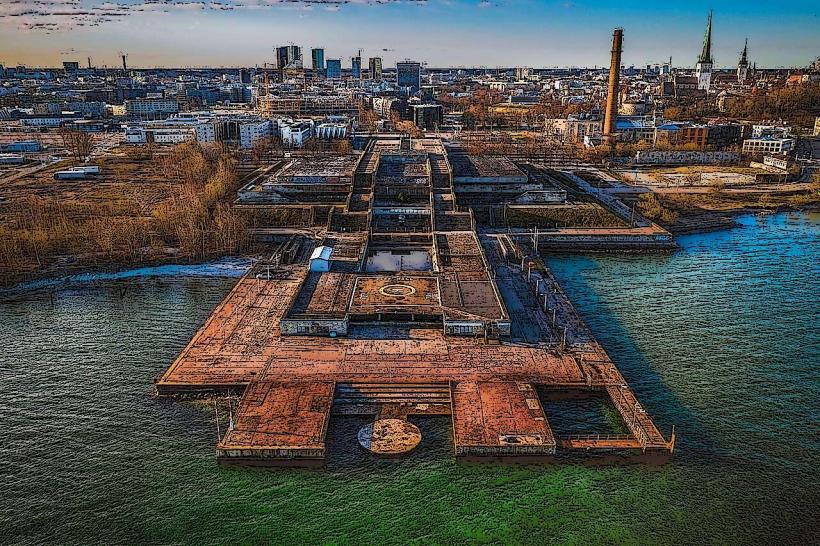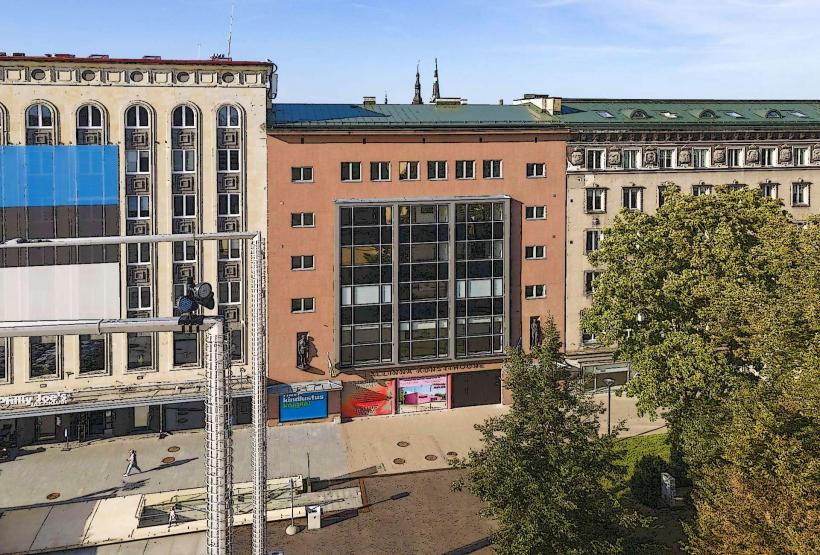Information
Landmark: Patarei PrisonCity: Tallinn
Country: Estonia
Continent: Europe
Patarei Prison (Patarei vangla) is one of the most significant and imposing historical sites in Tallinn, Estonia. It stands as a monument to the country's turbulent past, reflecting the difficult periods under both Russian and Soviet rule. Built in the mid-19th century, Patarei Prison has witnessed countless stories of hardship, injustice, and repression. Today, the prison is a cultural heritage site, offering a glimpse into Estonia's complex history. Here's a detailed overview of Patarei Prison:
Historical Background
Construction and Early Years:
- Patarei Prison was constructed between 1828 and 1840 as part of the expansion of the fortress complex built by the Russian Empire. The building was originally intended to serve as a military barracks and was designed in the neoclassical style by the architect Johann August Roosen, with a massive, imposing structure.
- Over time, it was repurposed into a prison by the Russian authorities, and in the late 19th century, it became one of the main prisons for political prisoners and those accused of various crimes.
Russian and Soviet Eras:
- The prison’s role in punitive activities expanded during Soviet rule (1940-1941, 1944-1991), when the prison became notorious for holding Estonian resistance fighters and political dissidents.
- During the Stalinist era, Patarei Prison became a site for torture, executions, and the harsh repression of those opposed to the Soviet regime. Thousands of Estonians were imprisoned, tortured, and executed here. It was a place of extreme brutality, and many of its prisoners were left to suffer in cramped, unsanitary conditions.
- The prison’s role as a political instrument of repression continued throughout the Soviet occupation, and it remained an infamous site of fear and control.
Post-Independence Period:
- After Estonia regained its independence in 1991, Patarei Prison was closed as an operational facility. However, its legacy continued to haunt the Estonian collective memory, as the site remained largely abandoned for decades.
- In the 2000s, there were discussions about what to do with the prison, with many calling for its preservation as a museum to educate future generations about the Soviet occupation and the experiences of those who suffered within its walls.
Architectural Features
Imposing Structure:
- The Patarei complex is a massive and imposing structure located on the Tallinn seafront, near the Kalarand beach. The prison’s architecture reflects the military origins of the building, with its thick walls, towering guard towers, and neoclassical design elements.
- The exterior is characterized by its austere appearance, with heavy stone walls and minimal decoration, which serves as a testament to its military and penal function rather than aesthetic concerns.
- Inside, the prison features a series of cellblocks, corridors, and administrative buildings that were constructed to house large numbers of prisoners in harsh conditions.
The Prison Complex:
- The prison complex includes a series of detention blocks spread across multiple levels, with small, dark cells that were often overcrowded and poorly ventilated. Many of the cells were used for solitary confinement, contributing to the psychological and physical suffering of the inmates.
- The prison had different sections for different categories of prisoners, including male prisoners, female prisoners, and political prisoners. There was also a section reserved for those who had been condemned to death.
- One of the most chilling features of Patarei Prison is the execution chamber, where prisoners were executed under the Soviet regime. This area is now preserved to show the prison's dark history.
Soviet Modifications:
- After the Soviet occupation of Estonia, the prison underwent significant modifications to accommodate the growing number of political prisoners and the changing needs of the Soviet penal system.
- The Soviet-era cells are still intact, complete with their harsh conditions that prisoners endured. The cramped, windowless cells, combined with inadequate sanitation, created an environment that was both physically and mentally debilitating for those incarcerated.
Cultural and Historical Significance
Site of Political Repression:
- During the Soviet era, Patarei Prison became a symbol of the oppression and brutality that characterized much of Estonia’s time under Soviet rule. Many prominent Estonian intellectuals, activists, and freedom fighters were imprisoned in Patarei, often for expressing their opposition to the Soviet regime.
- The memories of torture and injustice that took place within the prison’s walls have made it an important site of remembrance for Estonians and a symbol of the nation’s struggle for independence.
The Soviet Period of Occupation:
- Patarei serves as a stark reminder of the Soviet occupation of Estonia, and its history is closely tied to the broader narrative of Estonia’s experiences under Soviet rule. The prison is one of the few remaining Soviet-era prisons in the region, making it an important part of Estonia’s historical landscape.
- The prison’s symbolic importance has made it a focal point for memorial events and educational programs related to the Soviet occupation and the experiences of victims of political repression.
Museum and Public Education:
- Patarei Prison has been partially opened to the public as a museum and a memorial. It is a historical site that educates visitors about the Soviet regime's repression, the impact of the Second World War, and Estonia’s path to independence.
- The prison features several exhibits detailing the harsh realities of life in the Soviet-era prison system, including personal stories, photographs, and documents from former prisoners and their families.
- Guided tours are available, which walk visitors through the prison’s dark history, from its construction as a military barracks to its use as a Soviet detention center. Special emphasis is placed on the resilience and suffering of the prisoners, especially those who were imprisoned for political reasons.
Modern-Day Usage:
- Despite its grim history, Patarei Prison has also become a cultural venue in recent years, hosting art exhibitions, film screenings, and musical performances. It is a space for reflection and a symbol of the enduring spirit of the Estonian people in the face of oppression.
- The prison is also a place where visitors can experience the preserved Soviet-era conditions, including the stark and uncomfortable cells, the execution chamber, and the administrative offices that were once the center of Soviet operations.
Patarei Prison as a Tourist Attraction
Tourism and Cultural Interest:
- Patarei Prison has become a major tourist attraction in Tallinn, drawing visitors interested in history, politics, and architecture. It offers a unique experience for those seeking to understand Estonia's Soviet past and the broader history of Eastern Europe during the Cold War.
- Visitors can take guided tours that walk them through the various sections of the prison, including the cells, guard towers, execution chamber, and interrogation rooms. These tours provide a powerful and emotional experience, bringing Estonia's past under Soviet rule to life.
Educational Value:
- The museum provides educational materials, exhibits, and lectures aimed at teaching visitors about the history of Patarei Prison and its role in Soviet repressive policies. It is an important learning resource for both locals and tourists, particularly for those wishing to understand the complex and difficult history of the Soviet occupation.
Preservation Efforts:
- As a significant piece of Estonia’s history, preserving Patarei Prison is a key part of maintaining the collective memory of the Soviet occupation. Plans for the future involve maintaining the prison as both a historical site and a cultural venue for educational purposes, with an emphasis on public engagement and reflection on the past.
Why Visit Patarei Prison?
Historical Importance: Patarei Prison is a powerful symbol of the Soviet oppression experienced by many Estonians during the 20th century. It offers visitors an opportunity to learn about this difficult period in the country’s history.
Cultural Education: Visiting Patarei is an educational experience, providing a firsthand look at the realities of life under Soviet rule, and it serves as an important tool for remembering the past and educating future generations.
Emotional and Reflective Experience: For many, a visit to Patarei Prison is deeply emotional. The experience of walking through its grim corridors and experiencing the harsh conditions that prisoners endured can leave a lasting impact on visitors.
Unique Architecture: The prison’s neoclassical design and Soviet-era modifications make it an interesting site for those interested in architecture and historical buildings, as it represents a blend of military and penal design.
In summary, Patarei Prison is a powerful, somber landmark in Tallinn that serves as a reminder of Estonia’s turbulent past. It is not only a museum that educates visitors about the Soviet occupation but also a place for reflection on the human cost of repression and the importance of memory in shaping modern Estonia.

